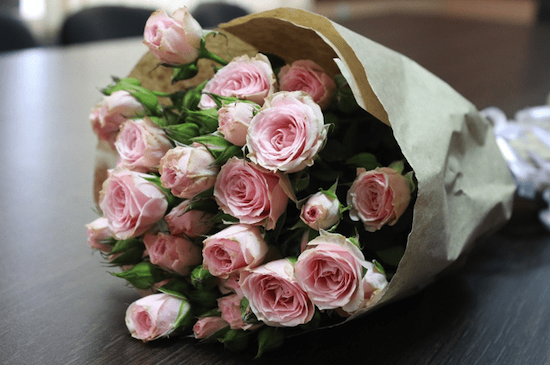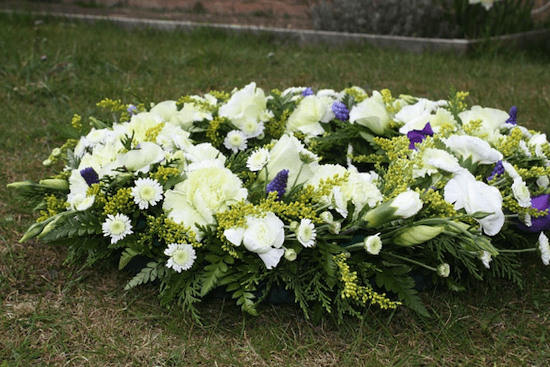Flower Gifting Traditions in Europe

There’s never a wrong time to send flowers as gifts. Fresh blooms are a gift from nature and their showy beauty never fails to catch eyes and warm hearts. A plus, they have this unique language that allows us to emotionally connect to those we love instantly and effectively. But while flowers always make great gifts, there are a few things that we must consider given the cultural differences in gift-giving practices. Shop all loving bouquets here.
To make sure your flower gifts will be received with joy and appreciation, let’s look at how different cultures in Europe practice flower gift-giving.
International Women’s Day

Several countries worldwide celebrate International Women’s Day every 8th of March. In general, flowers are given as gifts to female loved ones, friends, and even colleagues. This celebration originated in Europe, though, so you’ll experience more distinct celebrations in European countries. On this day, Italian men give yellow mimosa flowers to the important women in their lives. In Russia, International Women’s Day is seen as a cross between Valentine’s Day and Mother’s Day where men run around to buy gifts, including flowers.
Flower Gifting in Italy
In Italy, chrysanthemums are symbols of mourning. Take note, too, that yellow flowers are seen as a symbol of jealousy, and a bouquet with 17 stems of blooms is considered unlucky.
Flower Gifting in France
In this part of the world, pink flowers are considered as great hostess gifts.

When attending a dinner party, avoid red carnations as it indicates ill will. Roses, on the other hand, are reserved for romance. Similar to the practice in Italy, yellow bouquets imply unfaithfulness and chrysanthemums are only used for funerals.
Flower Gifting in Germany
In the seventh-largest country in Europe, yellow roses symbolize forgiveness and yellow tulips are deemed similar to roses in that they express romantic love. When celebrating familial pride, a floral arrangement with yellow, white, and red blooms is ideal. Single-flower bouquets are reserved for funerals.
Flower Gifting in Finland and Estonia
Flowers are staple gifts during Valentine’s Day, right? But in Finland, Valentine’s Day is celebrated more like as ‘Friend’s Day’ (Ystävän Päivä in Finnish and Sõbrapäev in Estonian) where flowers are given not just to someone’s romantic partner but also family and friends.
Flower Gifting in Bulgaria
In this country in southeast Europe, flowers are given to teachers on the first and last day of school. Flowers make great birthday, hostess, and new baby gifts, too.

Fresh blooms are also given as appreciation gifts to employees. For happy occasions, floral arrangements must have an odd number of floral stems. Even number arrangements are used for expressions of mourning.
Flower Gifting in Catalonia
The Catalan Valentine’s Day is on the 23rd of April, the day of Sant Jordi who is the patron saint of Catalonia. It’s the second most important national day in Catalonia and it is considered as a romantic day where you express love to your partner with a rose or a book.

Traditionally, women give books to men and men give red roses to women.
Flower Gifting in Iceland
For the world’s 18th-largest island, flowers are given on Men’s Day celebrated at the beginning of Þorri in old Icelandic calendar (latter part of January). Flowers are the main token of affection presented to the man of the house, or to a male partner. Husbands and boyfriends are typically given flowers on this day and taken out to dinner.
Flower Gifting in Austria
In this mountainous country of south-central Europe, lilies and chrsyanthemums are also considered as sympathy or funeral flowers.

If you are to give a bouquet as a gift, give only an odd number of flowers as an even count means bad luck. When attending a dinner party, unwrap the flowers first before giving them to the hostess unless the blooms come in transparent plastic foil wrapping.
